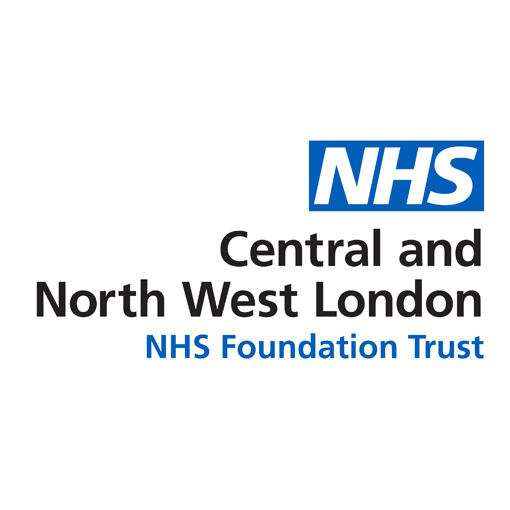
Introducing video conferencing for mental health, community and sexual health patients, service users and staff
What problem was the trust looking to solve?
Central and North West London NHS Foundation Trust's (CNWL) pressing problem was how to keep services open and running while effectively engaging with all patients, and 323 staff teams, while keeping COVID-safe. The trust rapidly opened capacity for a large scale video conferencing, while creating safe options for face to face working.
In order to do this, the trust needed to address some urgent issues:
- finding the most ideal, secure, and information governance-appropriate platform for video conferencing
- pressure from other healthcare providers and preferences from patients to adopt their platforms of choice
- addressing existing infrastructure problems (network/bandwidth capacity) and hardware needs, including finding and deploying 2000 new laptops, setting them up and getting them out to staff in a very short time frame
What was the trust's response?
The trust continually reviewed all the platforms adopted during the pandemic and quickly measured their feasibility against cyber security assurance, clinical safety, ease of use for patients, budgetary requirements, and other requirements. The trust’s digital team then had to train the CNWL support desk in the management and use of the new platforms so that as staff came on board, the trust was able to provide the requisite training and problem solving they needed.
The trust worked with the software firm The Phoenix Partnership (TPP) (supplier of SystmOne software) to develop and deploy a patient portal for video consultations and patient engagement. Alongside this, CNWL quickly created a programme of training and development, built resources, and support and guidance material for patients and staff on how to set up, use and engage with video conferencing (with consideration for those patients who are digitally excluded).
CNWL's hard working staff ensured video conferencing was delivered at an exceptionally fast pace. The ICT team provided hardware quickly to 2,000 staff while the innovation team reviewed different platform options and created guidance daily. The SystmOne Support Desk and development team communicated with staff to continually re-configure a multitude of communications processes with patients, re-provide and move online thousands of appointments and hundreds of clinics, and the chief clinical information officer and information governance lead worked hard to identify and remediate any information governance concerns. Back office support and helpdesk staff were also key – rapid training and support were provided to them so they could in turn support staff and patients with video conferencing.
What was the impact?
Around 3,000 staff are now set up for remote working, and there has been significant impact of video conferencing in nursing and talking therapies. Group therapies have managed well online, and some services like Addictions have reported better attendance in group sessions, increased engagement, and more positive outcomes from video consultations. Many patients say it has made access to clinical care easier, with staff valuing the improved home-work life balance.
What is planned next?
CNWL is producing updated and upgraded guidance for patients on how to engage with video conferencing, and exploring pilots where the trust might provide patients with tablets preloaded with relevant clinical information on their particular clinical conditions, as well as the video conferencing platform for consultations and guidance on how to use it.
If there is any plan to return to old ways of working, the trust believe it is crucial to assess what is best for patients. For example, by taking learning from both staff and patients to identify and enable the engagement and support channels that work best, and integrate them into a differentiated offer. CNWL is clear the digital leap it has made is not a one size fits all. While remote working has proved beneficial for many, it is vital to keep options open for face to face working, where needed.